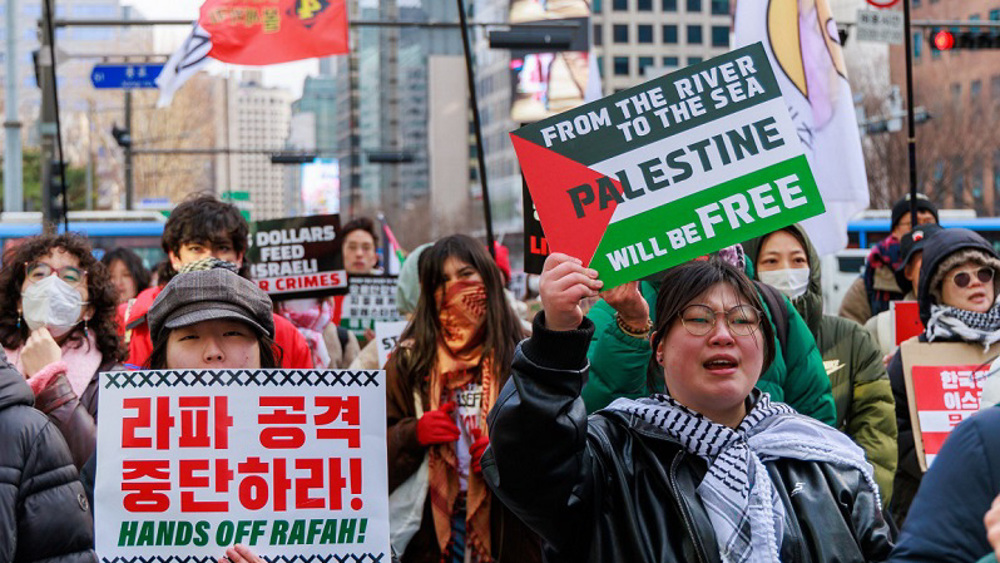South Korea sentences ferry operator chief over 2014 disaster
The head of a South Korean company that operated an ill-fated ferry last year has been sentenced to seven years in prison.
South Korea’s Supreme Court on Thursday confirmed the sentence passed by an appeals court in May, under which Kim Han-Sik, the president of the Chonghaejin Marine Co., was found guilty of manslaughter and embezzlement.
Kim has been held responsible for failing to prevent the overloading of cargo as well as improper storage on the vessel, Sewol, which judges believe partially led to the sinking.
He had challenged the manslaughter charges, saying he was just an employee taking orders from company owner Yoo Byung-Eun, whose decomposed body was discovered during a manhunt for him in a field after the Sewol disaster. It is not clear how he died; a post-mortem reportedly failed to determine the cause of his death.
Meanwhile, four other officials of Chonghaejin received jail terms ranging from two-and-a-half to four years.
Sewol, a passenger ship, capsized off South Korea’s southern coast en route to the resort Island of Jeju in April 2014. It was carrying 476 people, 325 of whom were students from a high school in the city of Ansan, south of the capital, Seoul. Some 172 of those on board were rescued.

Divers pulled out 295 bodies from the wreckage of the ship before the government ended underwater searches last year. Nine victims are still missing.
Sewol captain Lee Joon-seok has also been sentenced to life in prison by a regional high court on charges of homicide. He has appealed the ruling but the Supreme Court did not confirm when it would make a verdict on him.
Besides Sewol’s poor redesigning, many blamed the accident on regulatory problems and the incompetence of South Korea’s shipping authorities. More than 50 people have been taken to the court over the incident, including 15 crew members, who were accused of leaving the students inside the sinking ferry and boarding lifeboats.
After the incident, officials promised to improve public safety measures and impose tougher punishment over violations of safety rules. However, critics believe little has changed since then.
VIDEO | Former FBI agent criticizes US Congress for 'outright corruption'
IRGC chief urges Muslim countries to cut aid routes to Israel
'New chapter in cooperation': Iran, Venezuela sing new MoUs
Jordan sentences former lawmaker for supporting Palestinian resistance
Basij volunteer forces hold massive drills in southwestern Iran
Israeli war criminals 'not welcome', US city says after ICC ruling
US vetoing of Gaza ceasefire resolution ‘disgraceful’: Iran’s UN envoy
VIDEO | IAEA adopts anti-Iran resolution tabled by E3










 This makes it easy to access the Press TV website
This makes it easy to access the Press TV website